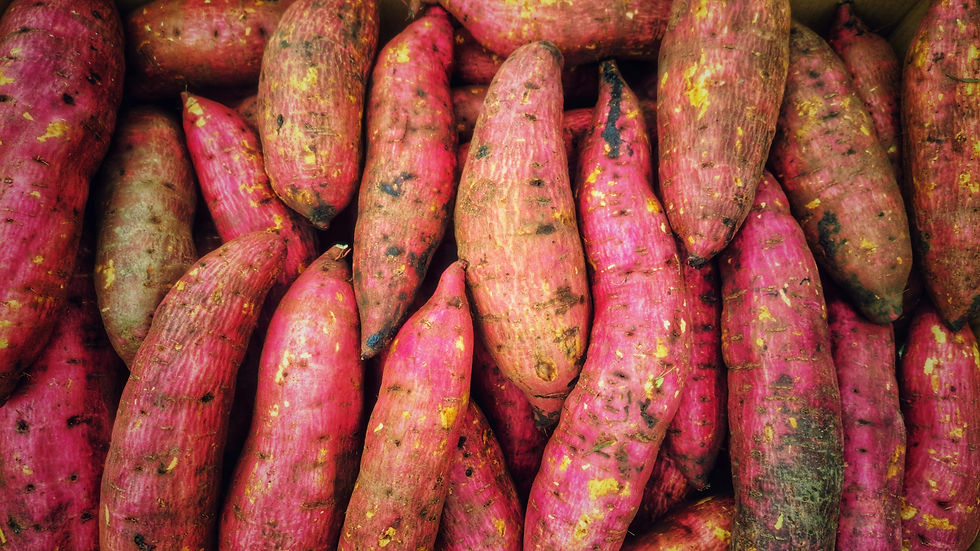The Bright Lights of Swiss Chard
- Chef Kelly Unger
- Oct 13, 2020
- 2 min read
Swiss chard may win the award for most showy and gorgeous vegetable! Bright Lights, Rainbow Mix, Magenta Sunset, Ruby Red, Fordhook Giant and Five Color Silverbeet are all varieties of chard that prove the point. While the leaves of the plant exhibit a small range of green shades, it’s the edible stalks (and veins) that display this wide range of colors; red, pink, white, vanilla, fuchsia, neon yellow, orange, and magenta. The leaves have a spinach note to them and the stalks will remind you of celery. Swiss Chard loves sausage and pasta, cream, balsamic vinegar, soups, egg dishes and to be included inside a pie crust. It loves to be eaten raw or sautéed. Swiss Chard also makes a great “wrapper” for fillings like meat and rice.
“Swiss chard is a nutritional powerhouse -- an excellent source of vitamins K, A, and C, as well as a good source of magnesium, potassium, iron, and dietary fiber.” says WebMD. So while it’s in season here (local, in season provides the best nutrient value), add sautéed or raw Swiss Chard to just about anything to boost the nutrition factor of your dish. Tuck it in everything - lasagna, sandwiches, salads! It is also a member of the beet family, which is not hard to see. If you’re looking for an eye catching, textural mix of raw greens to serve with cooked beets, beet greens, Swiss Chard and spinach are just perfect!
While Swiss Chard can (and should) be added to soups, pasta and rice dishes, what about a recipe that puts this beauty front and center? Martha Stewart to the rescue with Swiss Chard Pie! And here are more delicious suggestions for your repertoire:
Enjoy!




Comments